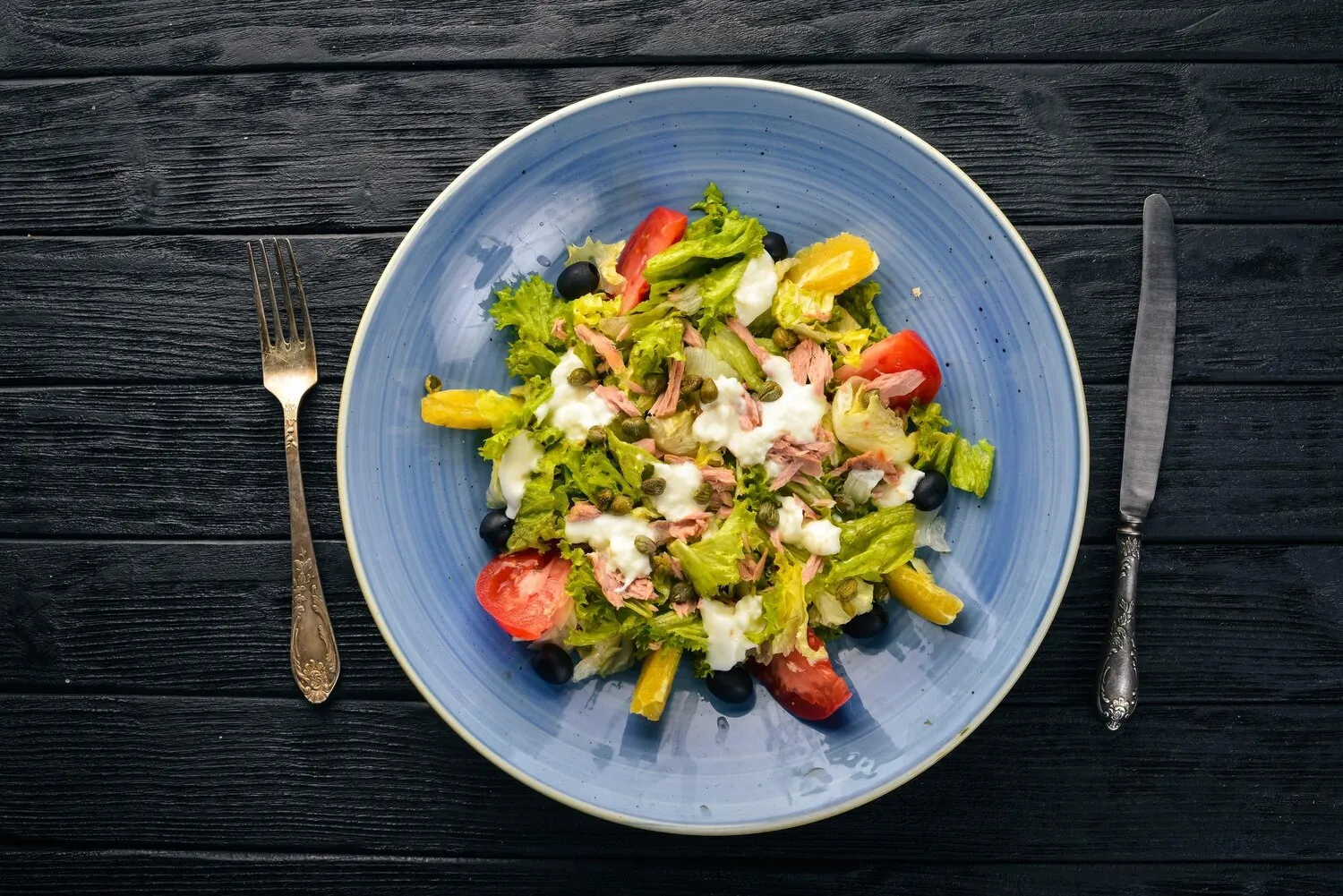
Market Salad
Often mentioned as a fresh and tasty salad option.
Nutrition Facts
* The % Daily Value (DV) tells you how much a nutrient in a serving of food contributes to a daily diet. 2,000 calories a day is used for general nutrition advice.
The Market Salad, as a concept, is a relatively recent development, emerging from the farm-to-table movement and the increased emphasis on fresh, seasonal ingredients in contemporary American cuisine. It doesn't have a long, established history like traditional dishes, but rather reflects modern culinary trends.
The Market Salad reflects a growing cultural emphasis on healthy eating, sustainability, and supporting local agriculture. It's often associated with farmers' markets, artisanal food producers, and restaurants that prioritize sourcing local ingredients.
Farm-to-Table Movement
The Market Salad is a direct result of the farm-to-table movement, which emphasizes using locally sourced, seasonal ingredients. It celebrates the connection between food, producers, and consumers.
Health and Wellness
Market Salads are perceived as a healthy and nutritious option, appealing to individuals seeking fresh, whole foods as part of a balanced diet.
Seasonal Eating
The composition of a Market Salad changes throughout the year, reflecting the availability of seasonal produce. This encourages consumers to appreciate the diversity of foods available at different times of the year.
Market Salads are characterized by fresh, vibrant, and often contrasting flavors. The emphasis is on showcasing the natural taste of seasonal produce, often complemented by a light vinaigrette.
The flavors are typically a balance of sweet (fruits like berries or apples), savory (nuts, cheeses, grilled vegetables), and tangy (vinaigrette dressing). Herbs like mint, basil, or parsley add freshness. The specific flavors change drastically depending on the season and availability of local ingredients. Common elements include mixed greens, various vegetables (radishes, cucumbers, carrots), fruits (berries, stone fruits, citrus), proteins (grilled chicken, fish, or tofu), cheeses (goat cheese, feta, blue cheese), and nuts/seeds (almonds, walnuts, pumpkin seeds).
Seasonal Selection
Choose ingredients that are in season for the best flavor and quality. Visit local farmers' markets for inspiration.
Dressing Lightly
Use a light vinaigrette dressing to avoid overpowering the natural flavors of the ingredients. A simple olive oil and lemon juice dressing is often sufficient.
Texture Contrast
Incorporate a variety of textures, such as crunchy nuts, creamy cheese, and crisp vegetables, for a more satisfying salad.
Protein Balance
Add a source of protein, such as grilled chicken, fish, or tofu, to make the salad a more substantial meal.
Explore additional Salad dishes and restaurants
Explore SaladDiscover top dining spots and culinary experiences in Saskatoon.
Explore SaskatoonLearn more about the food culture, restaurant scene, and culinary heritage of Canada.
Explore Canada